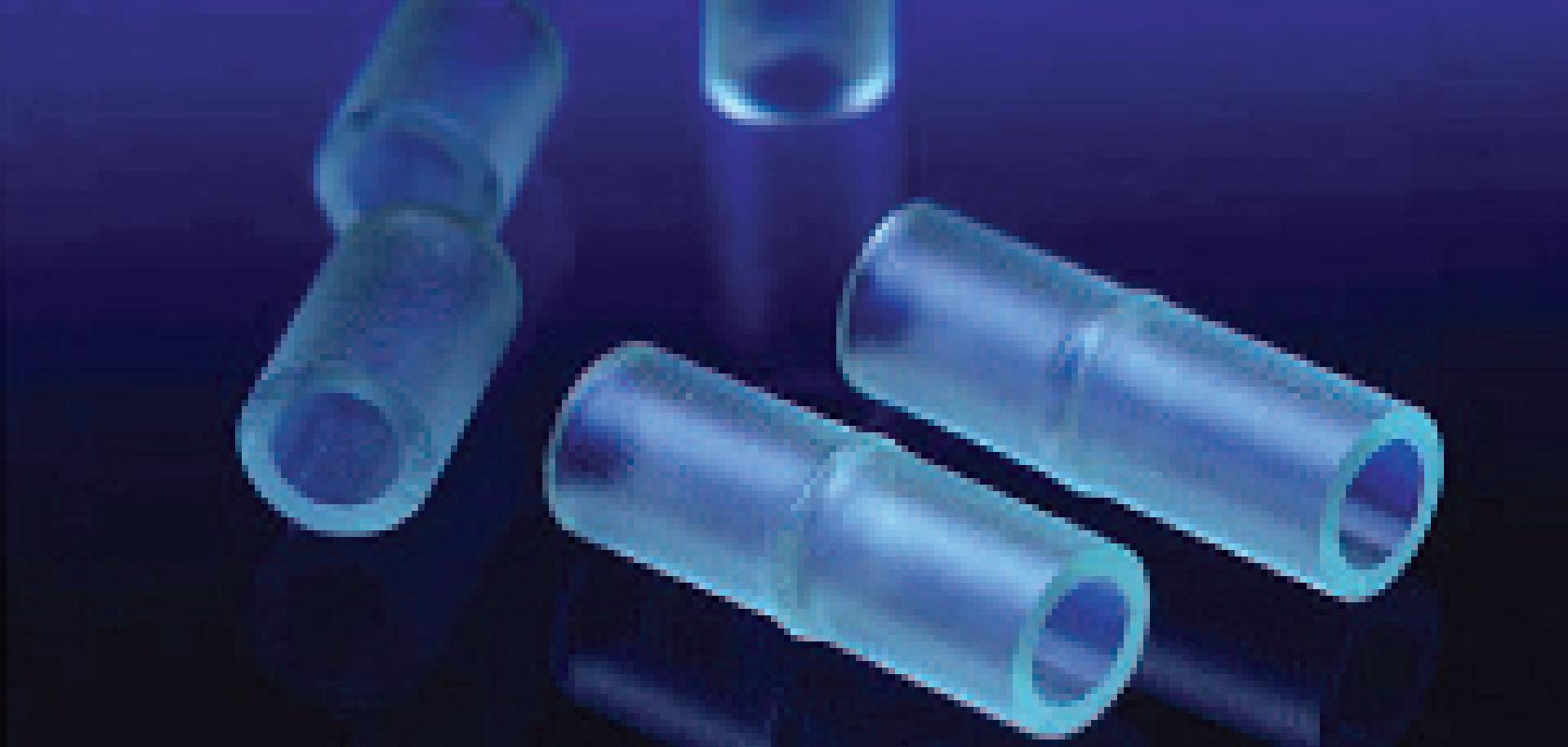The large number of applications of polymers has created the need to improve joining technologies to process them. Polymeric materials have a vast potential for exciting applications in areas such as the conduction and storage of electricity, heat and light; molecular-based information storage and processing; unique separation membranes; revolutionary forms of food processing and packaging; medical devices; housing; and transportation. The EU-funded PolyBright project addresses the need for joining polymers by advancing existing and developing processes for laser welding these materials.
The objectives were to: firstly, improve existing welding techniques and overcome current limitations; secondly, develop high-brilliance laser sources in the higher NIR wavelength range that allow welding of polymeric materials without the need for IR absorbers or other additives; and, thirdly, to increase robustness and cycle times to ensure high manufacturing quality.
Several companies in the automotive, white goods and medical device industrial sectors were involved, driven by the interest to implement laser welding techniques for relevant polymeric products in their production lines.
Adapted laser sources
High-brilliance laser sources were developed as part of the project, including a diode laser system and a fibre laser. The diode laser has 80W output power at a wavelength of 980nm, with optimised intensity distribution. A special bi-shape lens was developed for the transformation of the intensity profile (M-shape). The same system is also available at higher wavelengths in the NIR (1.5μm, 1.65μm and 1.94μm).
The fibre laser was developed to laser-weld polymers without using additives. For this system, it was doped with erbium instead of ytterbium, which produces a wavelength of 1.5μm and is suitable for laser welding of polymeric materials. The ELS500 system has an output power of 500W emitting at 1.5μm.
Material-independent welding of polymers is possible by adapting the wavelengths of diode lasers with specific optical elements. Suitable micro-optics for use as beam shaping elements for the high-power diode lasers were produced.
One of the achievements made during PolyBright was the welding of white components, one of the biggest challenges in laser welding of polymers because of their reflectivity. By using higher wavelengths, such as 1,550nm, white materials can be laser welded more effectively. The newly developed laser systems also allow for a significant increase in the number of suitable colour combinations in the polymer material.
Three prototype laser welding machines were engineered as part of the project. These were: firstly, a quasi-simultaneous welding machine prototype with additional mechanical axes; secondly, the TWIST welding machine prototype at 1.5μm; and finally, a dynamic mask welding machine prototype in combination with a scanning system.
Industrial applications
Electrolux Group, investigated using the newly developed lasers to weld washing group tubs, which are currently hotplate- or vibration-welded. Washing group tubs have a complex shape geometry and complex material requirements.
As part of the project, a suite of welding tests at 1.5μm with different PP-based compounds was made to select the appropriate material. Optimal joint configuration, the most suitable laser source and the welding process parameters were established according to design requirements.
In the medical sector, advanced polymer research is leading to innovative medical devices. Areas with the highest potential appear to be tissue engineering and transplant medicine, devices delivering pharmaceuticals, and specialised polymer coatings.
In the automotive industry, much of the recent research and innovation has been aimed at replacing steel parts with lighter materials such as high-performance and ultra-performance plastics.
Centro Ricerche Fiat (CRF) carried out various tests for lighting systems and under-hood components, such as a fuel filter housing. These showed that laser welding is competitive in terms of quality and cycle time, especially for the combination of dissimilar materials such as PP and PA66.
CRF tested the prototype welding equipment in manufacturing the rear lighting components of the Alfa Romeo Giulietta. The materials used include red PMMA and red ABS for the lens and the housing. The components are currently designed for ultrasonic welding.
Industria Auxiliar Alavesa (INAUXA), another automotive company, was able to increase the roll stiffness of suspension parts, through a laser welding technique for stabiliser links.
The results from the project and two of the welding machines will be shown at the K2013 trade fair for plastics and rubber, held in Düsseldorf, Germany from 16 to 23 October.


